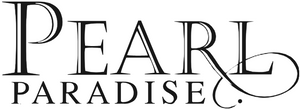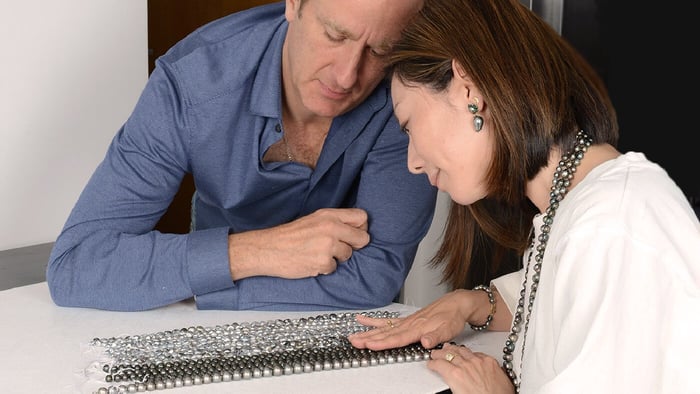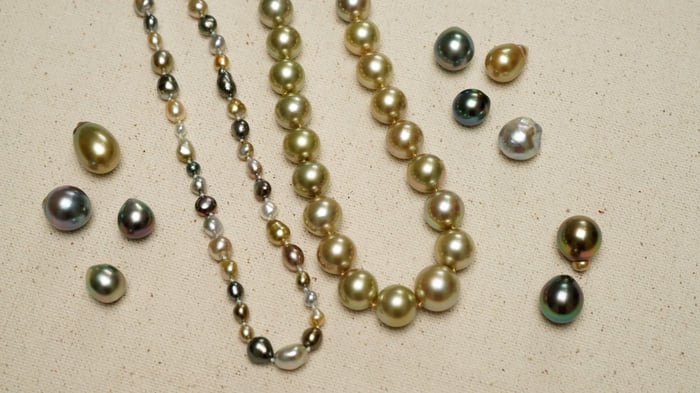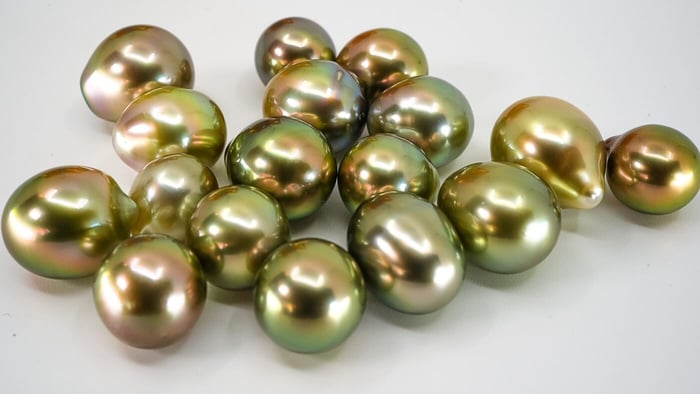If you’ve ever looked into pearl grading and found yourself confused, you’re not alone, and the problem isn’t you. Blame it on the system or, more specifically, the lack of one.
Whereas many consumers are familiar with the Gemological Institute of America’s International Diamond Grading system which standardizes the grading of diamonds by the 4Cs (cut, clarity, color and carat), there is no such institution for pearls. Further complicating matters, pearls are valued by seven qualities: luster, surface quality, size, shape, color, nacre thickness and matching. That means there’s even more room for subjective opinions.
Bearing all that in mind, the most important thing to understand when comparing pearl grades: Every company in the world that sells pearls uses a grading system that they themselves arbitrarily created.
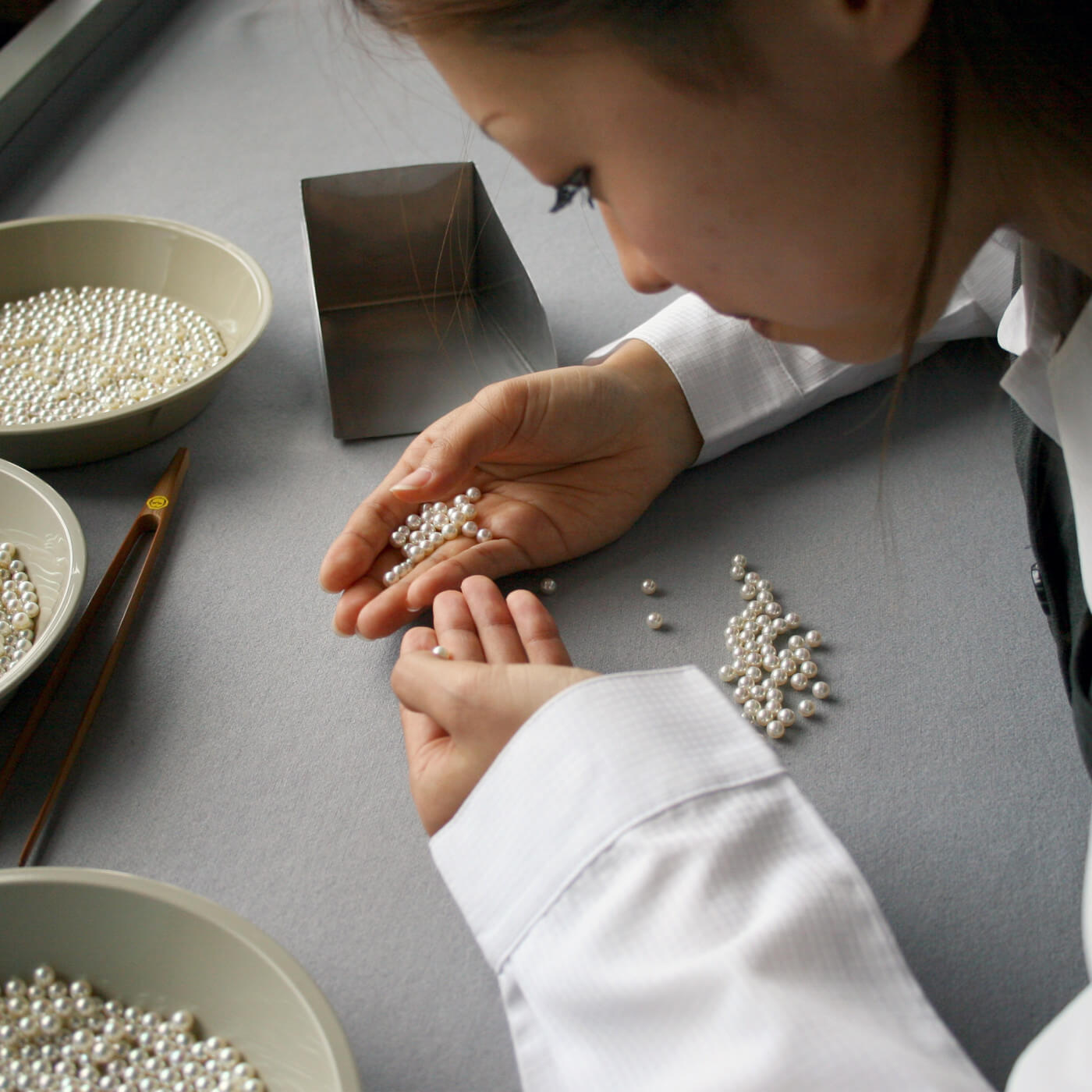
Since we’re talking about grades, let’s use a simple analogy: Imagine taking a single-question test in school. You give the exact same answer to a dozen teachers and you get back … a dozen different grades! Some use letter grades ranging from A to AA to AAA to AAAA, some use numbers, some even use words they’ve cooked up, but each teacher assigns a different, arbitrary grade—to the exact same answer.
No wonder you’re confused!
How does this happen among pearl sellers? When pearls are purchased wholesale, a range of quality and price is always presented. Companies determine which pearls fall into their respective grading categories. One company’s AAA grade can be another's A grade simply because one is selecting from a more expensive, higher range of pearl. The highest-rated pearl from one seller might not meet the minimum threshold of what another seller would even carry.

Once you understand this about pearl grading, the most important thing to remember when shopping for pearls is that the company’s experience and reputation are far more critical than the stated grades.
Here are some factors to consider when considering a pearl company:
- Customer word of mouth, easily found online
- Industry reputation
- Years in business
- Training and education
- Relationships with producers
With more than 25 years in the business, Jeremy Shepherd and Hisano Shepherd are like distinguished professors of the industry. Jeremy is the President of the Pearl Association of America and literally wrote the “book”—Pearls As One—the Pearl Association of America’s Pearl Specialist Certification Course. Taken by more than 90,000 students worldwide, it is considered the gold-standard educational program studied to become a certified pearl expert. He is also the founder and creator of Pearl Guide News and forums. Few rival his knowledge of all things pearls.
Hisano has circled the globe countless times over procuring pearls from the world’s finest producers. A pearl expert in her own right, she’s also a successful jewelry artist whose little h pieces are in the collections of celebrities and aficionados alike.
You won’t find this level of knowledge and expertise at any other pearl website. And the best part? Jeremy and Hisano are eager to share it here on the website and through personal consultations.
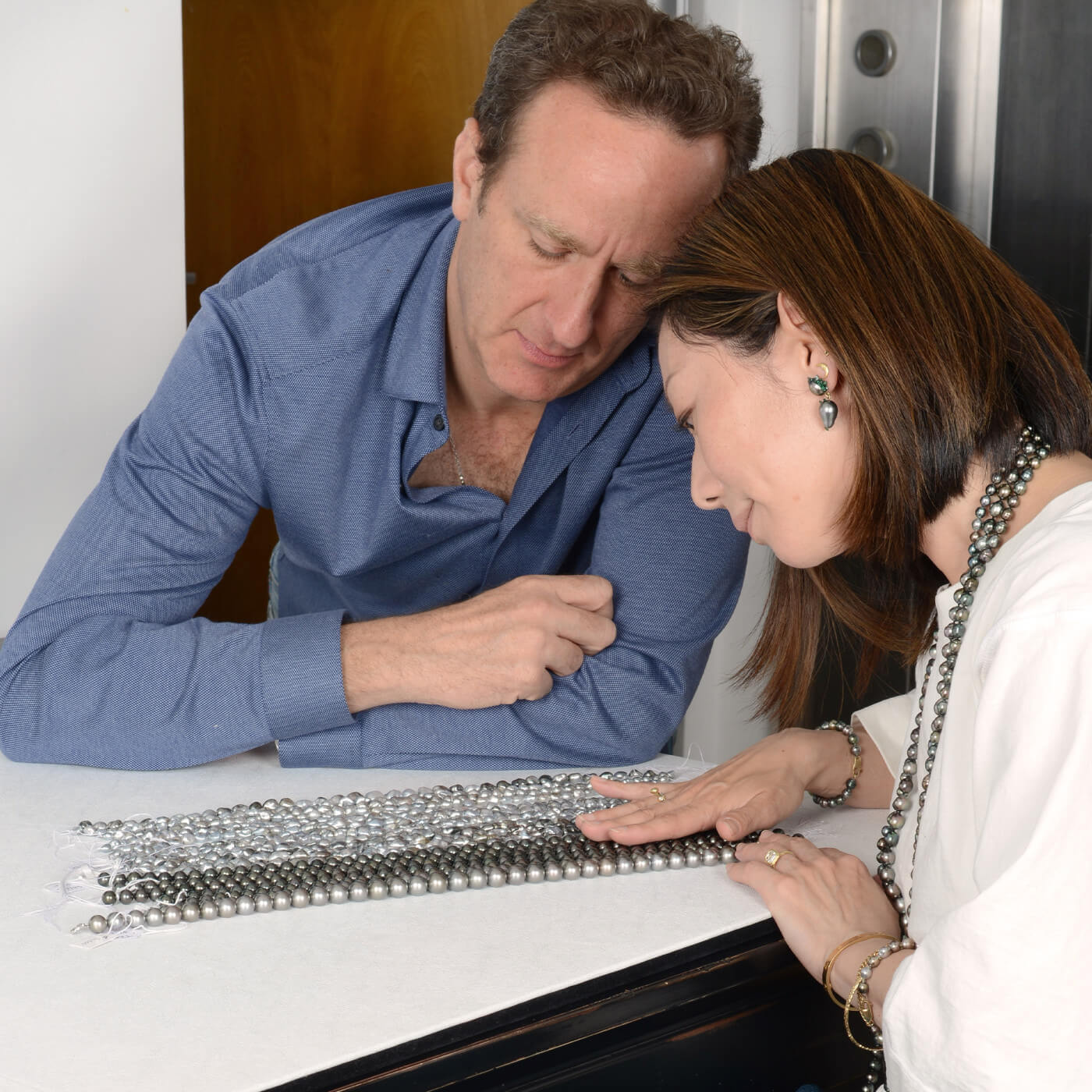
When you own pearl jewelry that meets the standards of these masters, you can be confident that you own true quality and value.
